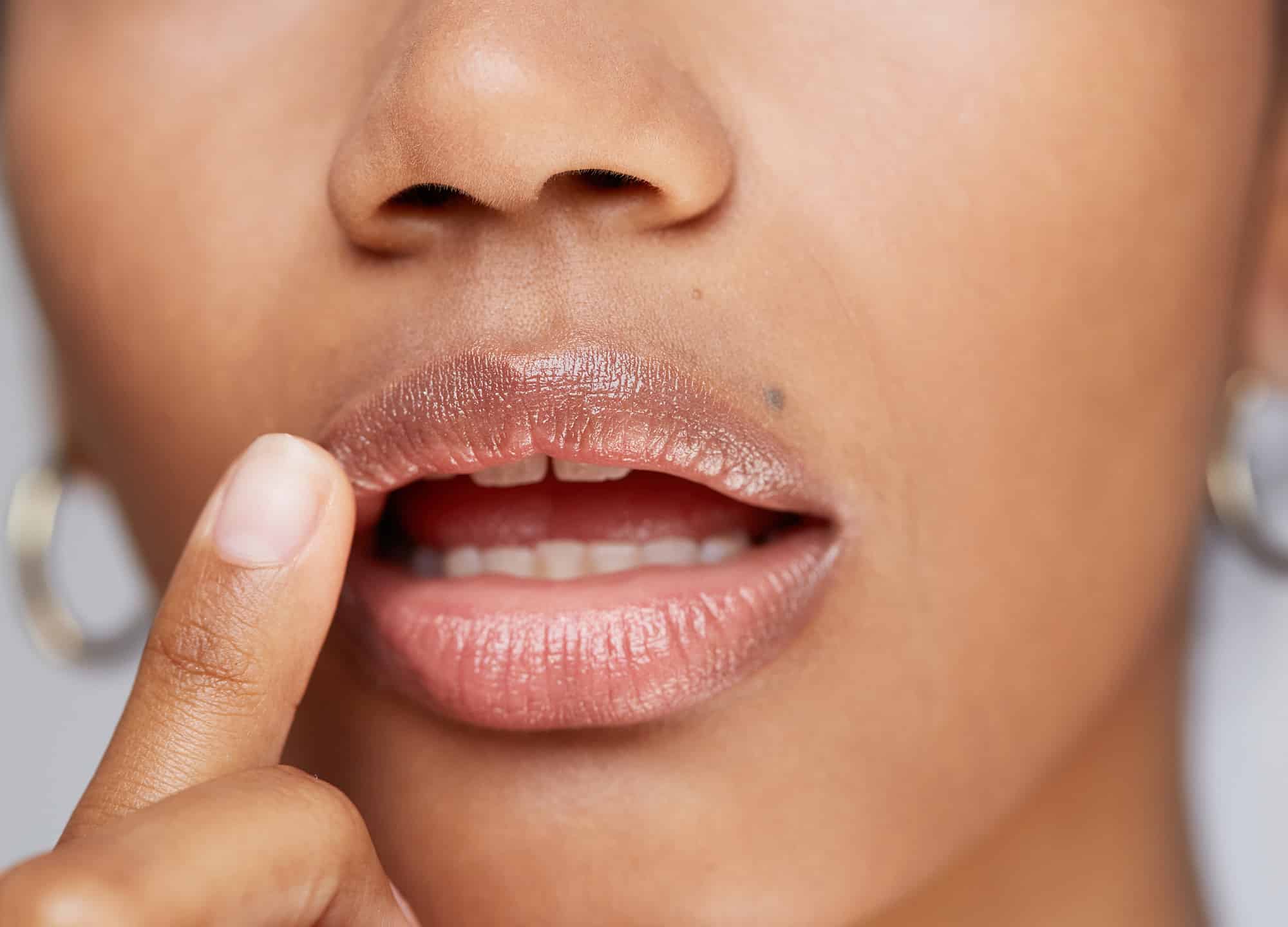Lasers are a solution for a long list of concerns—poor eyesight, regrettable tattoos, acne scars, and spider veins, to name just a few. But it seems that the buzziest use of laser technology at the moment—at least on Instagram, where three separate friends messaged me the below video from Beverly Hills, California, board-certified plastic surgeon Dr. Jason Diamond—is geared toward plumping lips. LipLase works by heating up tissue in order to stimulate natural collagen production in the lips, and it could just be a more affordable solution for those who want fuller lips but aren’t ready for injectable filler. We asked doctors who perform the treatment what to know before booking an appointment.
What kind of laser is used?
The trademarked LipLase treatment uses a YAG laser by Fotona, which, Dr. Diamond says, “delivers heat to both the external and internal lip structure and oral mucosa, for collagen regeneration—noninvasively and with no needles or downtime.” Beverly Hills, California, board-certified plastic surgeon Dr. Sheila Nazarian says she uses Laser Genesis for the same purpose. As long as your doctor is using an Nd:YAG laser in Q-switched mode (this mode delivers extremely short, ultra powerful bursts of energy), only the deeper layers of tissue will be targeted, so you don’t have to worry about injuring the superficial (surface) layer of skin.
What exactly does LipLase do?
The laser treatment promotes superficial and deep dermal collagen production using heat, which causes a volumizing effect and a tightening of the skin around the lips, to form a fuller, firmer shape, says Dr. Michele Green, a board-certified plastic surgeon in New York City. It can be used on its own to “define the shape, volumize, and retexturize as well as in combination with other perioral treatments and enhancements,” adds Dr. Diamond.
Who is a good candidate for LipLase?
According to Dr. Diamond, LipLase is ideal for people who have a fear of needles and want to avoid injectable filler altogether, though it can be done on those who have filler and want a bit more plumping, without the use of more syringes. “It can balance out natural asymmetry or asymmetry caused by past lip enhancement and improve the texture of the lip borders and lines, which dermal fillers do not always address,” he says. It typically takes a few treatments to notice smoother lips.
Dr. Green agrees that the treatment is best suited for those who, for whatever reason, don’t want filler, but it isn’t meant to take the place of injectables. “The effects are minimal and very temporary,” she says. As for who isn’t a good candidate, Dr. Green warns that anyone who is prone to hyperpigmentation should not try LipLase, as YAG lasers always carry the risk of leaving postinflammatory spots.
How painful is LipLase?
“It’s very, very tolerable,” says Dr. Diamond. “Numbing agents can be used, if needed, but many patients are able to tolerate it without numbing.” Dr. Green likens the sensation to “drops of hot water being dispersed on your skin.” It’s a fairly quick treatment too—about 15 minutes—but the lip area may feel warm for up to an hour post-treatment.
When will you see results, and how long do they last?
Side effects are rare and you’ll notice an enhancement of your lip color and a subtle increase in volume almost immediately. “The heat of the laser energy makes the lips look flushed and gives you a brighter but natural hue,” says Dr. Green. However, your laser rejuvenation results will last only two to five weeks, whereas the effects of lip filler can last several months. Both lasers and fillers help to build up collagen over time, with frequent treatments, but if you’re looking for a significant volume increase and a noticeably contoured, defined lip shape, Dr. Green says fillers will deliver a more impactful result.
How often can you do a LipLase treatment?
According to Dr. Green, one treatment per month for three consecutive months, plus one maintenance treatment every three months thereafter, is the recommended course of action. Doing this, says Dr. Diamond, can often stimulate the natural production of collagen enough so that you can continue to avoid fillers.
How much does LipLase cost?
Costs can vary, depending on your location and your provider’s experience level. Dr. Green estimates the typical cost to be around $200–$250 for each session; Dr. Diamond says the treatment price can go as high as $750.











